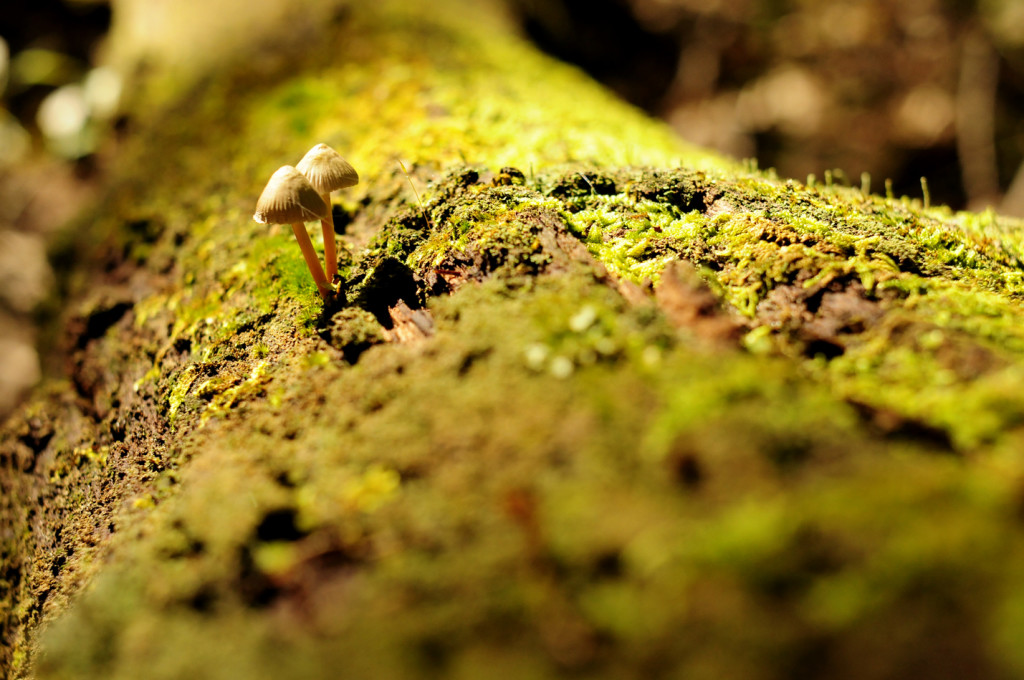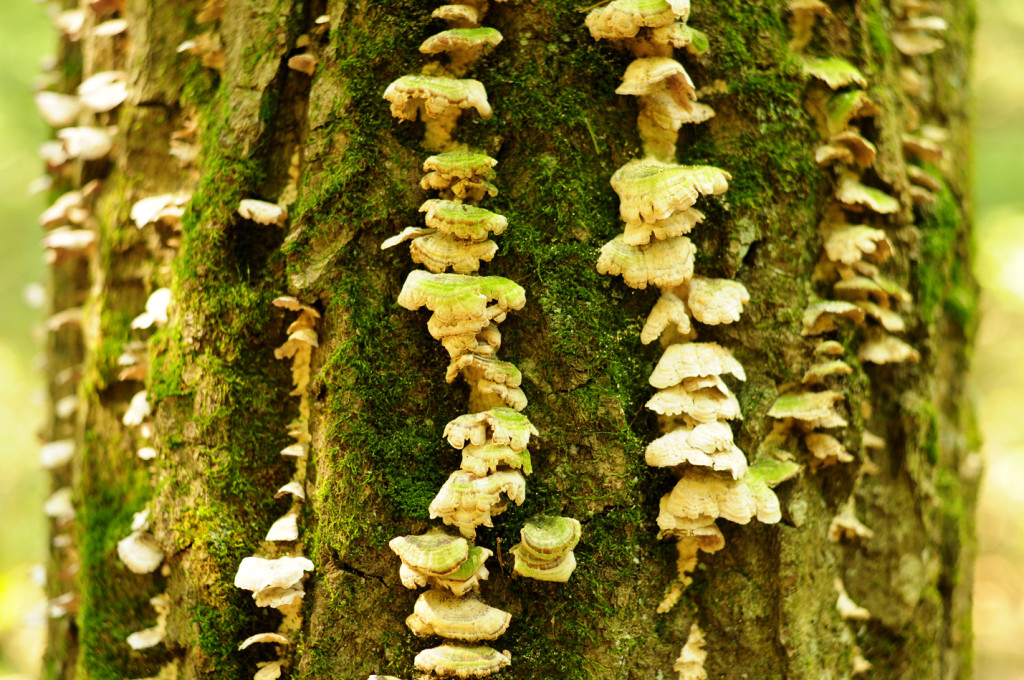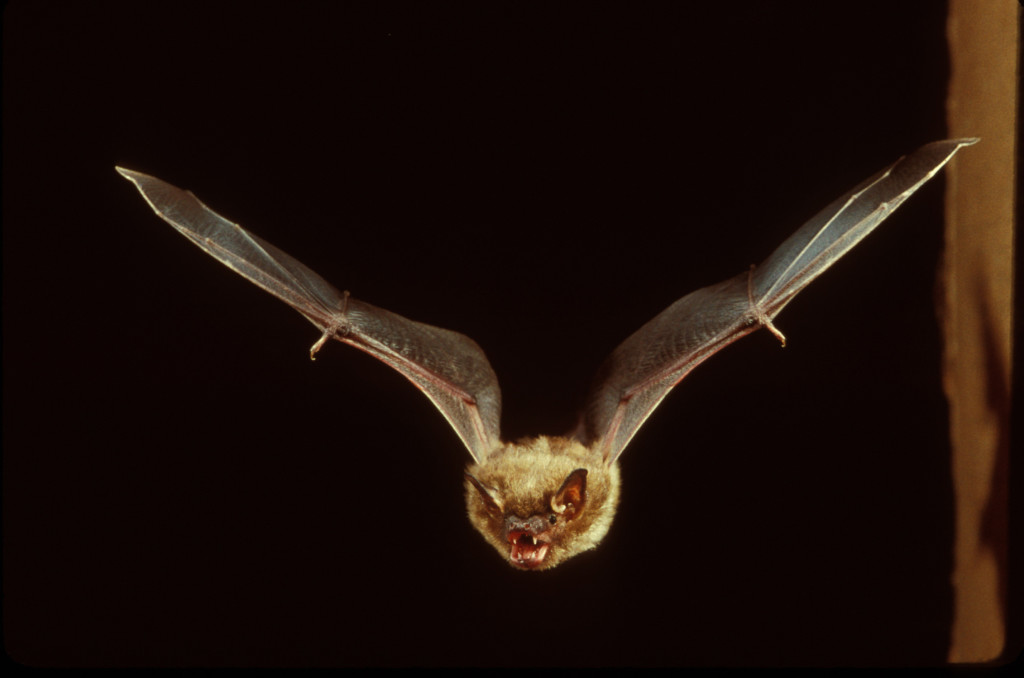On the first Wednesday of each month we like to pause and take a look at what’s going on in the world around us, with a particular focus on animal activity, celestial events, and our farmers’ fields.
September is a great time to take a hike. The extreme heat disappears, rain moves in and cooler temperatures arrive. The damp woods are bursting with fungus. You could even think about joining a mushroom club or going along on a foray this month. If you’re trotting along you’re sure to see squirrels and chipmunks gathering nuts and seeds for the winter months. Overhead you’ll hear birds migrating, check out this post to see how to properly prepare for those on the move. If you’re interested in following along with this season’s migrations, the Cornel Lab of Ornithology produces a bird migration forecast. You’ll learn what species you should expect to see traveling in different regions of the United States. Migrations are heavily dependent upon weather conditions. The best times to see large flocks are directly after a cold front passes and very early in the morning. That’s why birdwatching groups always meet at the crack of dawn, if you wake up early, head to the nearest native habitats with lots of water.
Bats are also on the move this month. As fall approaches big brown bats are looking for a place to hibernate. Cool nights with fewer insects are the primary force that starts the migration to hibernation. Some of these migrations may be very short, only a few miles from their summer homes. At this time of year, big brown bats are plump, healthy and ready for a long sleep. Unheated attics are actually ideal hibernation places for bats so keep an eye out in case some make their way into your home. You’ll want to have them removed before they hibernate or else you shouldn’t disturb them until spring!



